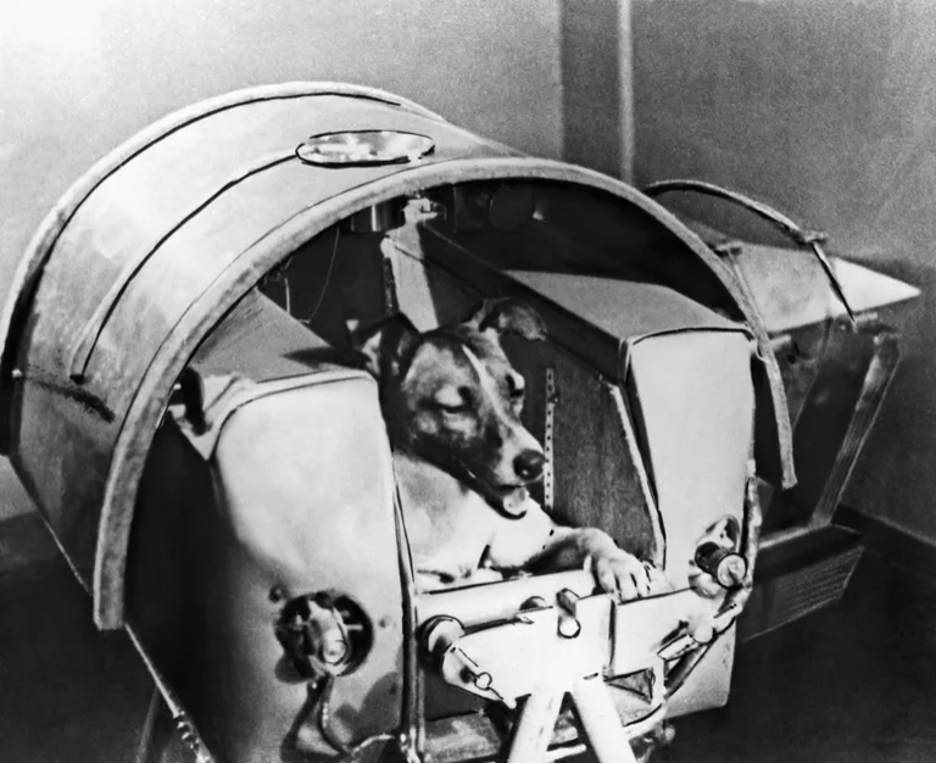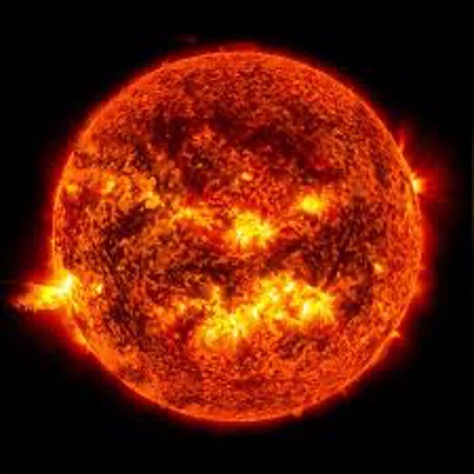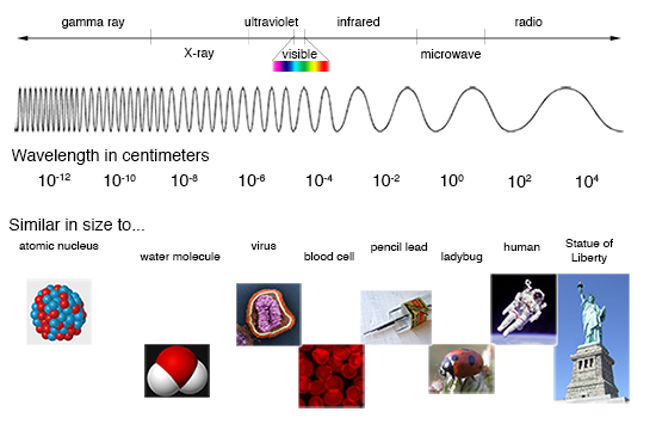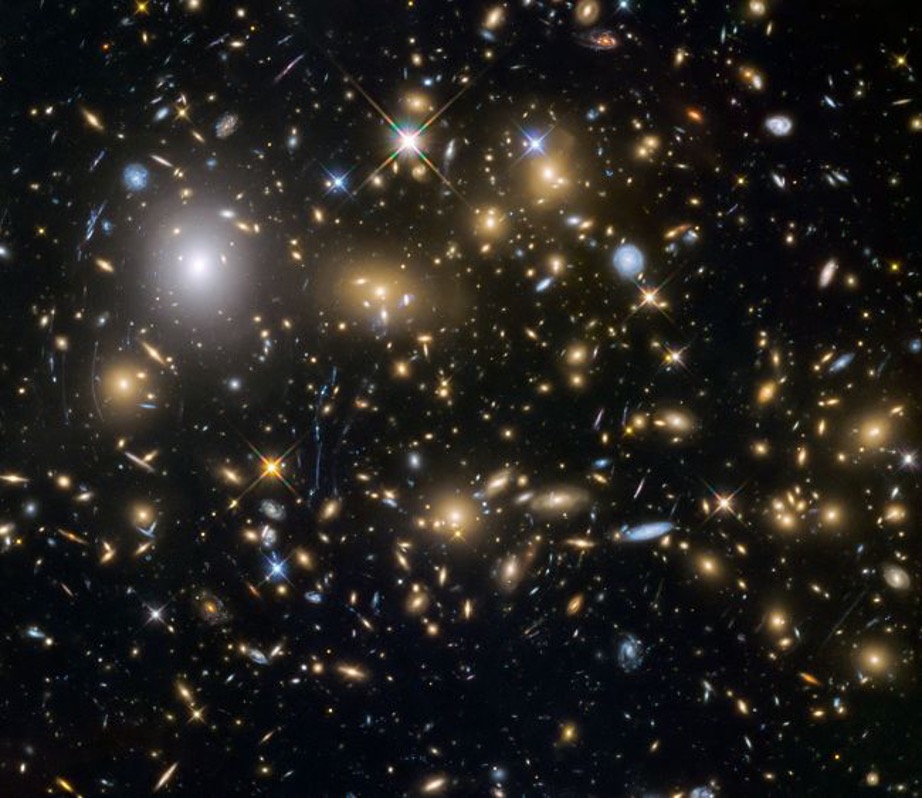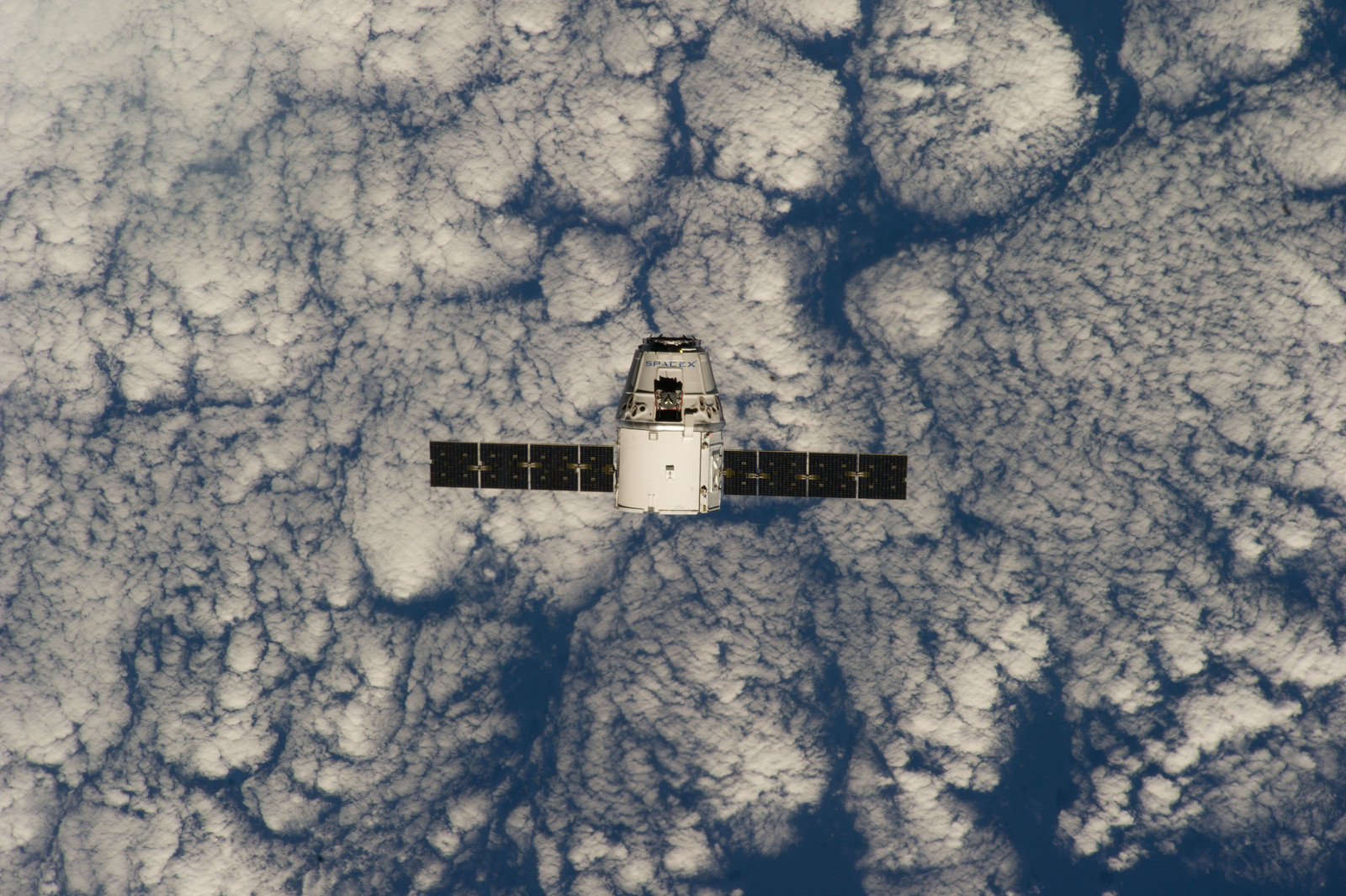September 2024
Interesting Fact: Starlight
In its simplest definition, starlight is the visible electromagnetic radiation emitted by stars. Every star you see, brighter than bright, big or small, of all shapes and sizes, are made of the same materials, basically clouds in which cold hydrogen molecules separate into pieces as they collapse with massive amounts of gravitational force. This constant force of gravity pulls the molecules in towards the core and causes a nuclear fusion reaction to occur which generates intense heat and light. So think of the starlight you see around you as tiny packets carrying energy produced by the fusion reactions from stars thousands or even millions and billions of light years away.
It takes eons for starlight to reach us here on Earth. As the distance between other stars and the Earth is so vast, it can take thousands and millions of years for the starlight of other stars to reach our eyes. The closest star is our Solar System’s own Sun (Sol), roughly 93,000,000 miles away, and its light takes over 8 minutes to reach us here on Earth. If a star is a million light years away, it would take a million years for us to see the light it produced a million years in the past. So the light we see from distant stars could very well have taken place back when the dinosaurs were roaming the Earth, and the light from that fusion is just now reaching our eyes. In other cases where a star is even further away, say 6 billion light years, then at the time that light was created our Earth hadn’t even formed yet.
Fusion reactions can’t take place naturally here on Earth. Although the materials required for fusion reactions to occur, namely hydrogen molecules, are abundant, such reactions cannot take place on Earth because the energy produced by fusion reactions is so vast and so strong, that it cannot be contained by anything present in the world today. Fusion reactions also require a temperature of over a million degrees centigrade, and that too is hard to achieve in Earthly conditions!
Starlight can best be analyzed and understood through spectroscopy. The science of spectroscopy is quite sophisticated. From spectral lines astronomers can determine not only the element, but the temperature and density of that element in the star. The spectral line also can tell us about any magnetic field of the star. The width of the line can tell us how fast the material is moving. We can learn about winds in stars from this. If the lines shift back and forth we can learn that the star may be orbiting another star. We can estimate the mass and size of the star from this. If the lines grow and fade in strength we can learn about the physical changes in the star. Spectral information can also tell us about material around stars. This material may be falling onto the star from a doughnut-shaped disk around the star called an accretion disk. These disks often form around a neutron star or black hole. The light from the stuff between the stars allows astronomers to study the interstellar medium (ISM). This tells us what type of stuff fills the space between the stars. Space is not empty! There is lots of gas and dust between the stars.
How much starlight has been created since the beginning of the universe?
Hidden in the darkness among the stars is all the light that the universe has created since the Big Bang. Now, scientists think they know approximately how much light that is. Since their birth a couple million years after the Big Bang, stars have produced around 4 x 10^84 photons, or particles of light, according to new measurements reported in the journal Science. Most of the light in the universe comes from stars, said Marco Ajello, study co-author and an astrophysicist at Clemson University.
Here’s what happens: Stars like our sun are powered by nuclear reactions in the core, where hydrogen protons are fused together to create helium. This process also releases energy in the form of gamma-ray photons. These photons have a hundred million times more energy than the ordinary photons we see as visible light.
Because the core of the sun is very dense, those photons cannot escape and instead keep bumping into atoms and electrons, eventually losing energy. Hundreds of thousands of years later, they leave the sun, with about a million times less energy than visible light. The light that we can see comes from photons created by stars in our own galaxy, including the sun. Measuring all that other light in other parts of the universe — hidden in the dark sky among the stars we can see — is “difficult, because it is very, very dim,” Ajello told Live Science. Indeed, trying to see all of the light in the universe would be like looking at a 60-watt lightbulb from 2.5 miles (4 kilometers) away, he added.
So, Ajello and his team used an indirect method to measure this light, relying on data from NASA’s Fermi Gamma-ray Space Telescope, which has been orbiting the Earth since 2008. The researchers looked at gamma-rays emitted from 739 blazars (incredibly bright galaxies with black holes that shoot gamma-rays in our direction) and one gamma-ray burst (an extremely high-energy explosion) to estimate how much starlight existed during various epochs of the universe — the farther away the source of the gamma-rays, the longer ago the time.
As they pass through the universe, the photons in these gamma-rays interact with the “extragalactic background light,” a fog of ultraviolet, optical and infrared photons produced by stars. This process transforms the photons into electrons and their antimatter partners, positrons. By detecting these small changes, Ajello and his team were able to estimate how much starlight or “fog” there was at various times.
The scientists found that stars formed at the highest rate around 10 billion years ago and that after that, star formation lessened immensely. The total amount of starlight ever produced, “is not very important,” Ajello said.
In fact, the 4 x 10^84 number the researchers calculated for the total number of photons produced could be about 10-fold too low. That’s because it doesn’t include photons in the infrared spectrum, which have a lower energy than visible light.
The more exciting result is that the researchers could calculate how many and what types of photons existed during various epochs of the universe, starting from the (almost) beginning. Ajello and his team constructed a starlight history spanning more than 90 percent of cosmic time. To construct the other 10 percent, the very, very beginning of starlight, “we would need to wait [for] maybe 10 more years of observation,” Ajello said.
A snapshot of the starlight created during the universe’s infancy could come from the massive James Webb Space Telescope, which was launched on December 25, 2021.
Postcripts:
The average color of starlight in the observable universe is a shade of yellowish-white that has been given the name Cosmic Latte.
Starlight is also a notable part of personal experience and human culture, impacting a diverse range of pursuits including poetry, astronomy, and military strategy.
Hipparchus of Nicaea (c. 190 – c. 120 BC) was a Greek astronomer, geographer, and mathematician. He is considered the founder of trigonometry but is most famous for his incidental discovery of precession of the equinoxes. Hipparchus did not have a telescope or any instrument that could measure apparent brightness accurately, so he simply made estimates with his eyes. He sorted the stars into six brightness categories, which he called magnitudes. He referred to the brightest stars in his catalog as first-magnitude stars, which were the brightest stars and those so faint he could barely see them were sixth-magnitude stars.
One of the oldest stars yet identified — oldest but not most distant in this case — was identified in 2014: while “only” 6,000 light years away, the star SMSS J031300.36−670839.3 was determined to be 13.8 billion years old, or more or less the same age as the universe itself. The starlight shining on Earth would include this star.
Thanks and attribution:
https://astronomyisawesome.com/universe/4-cool-facts-about-starlight-and-fusion
https://imagine.gsfc.nasa.gov/science/toolbox/spectra1.html
https://www.livescience.com/64193-all-starlight-universe.html




























